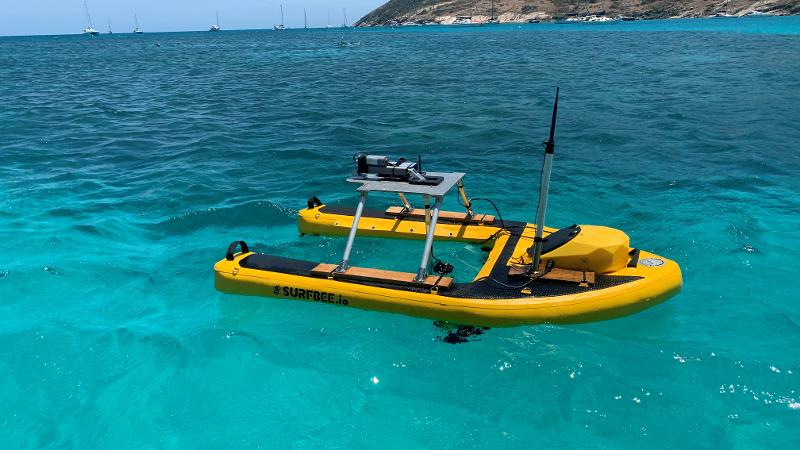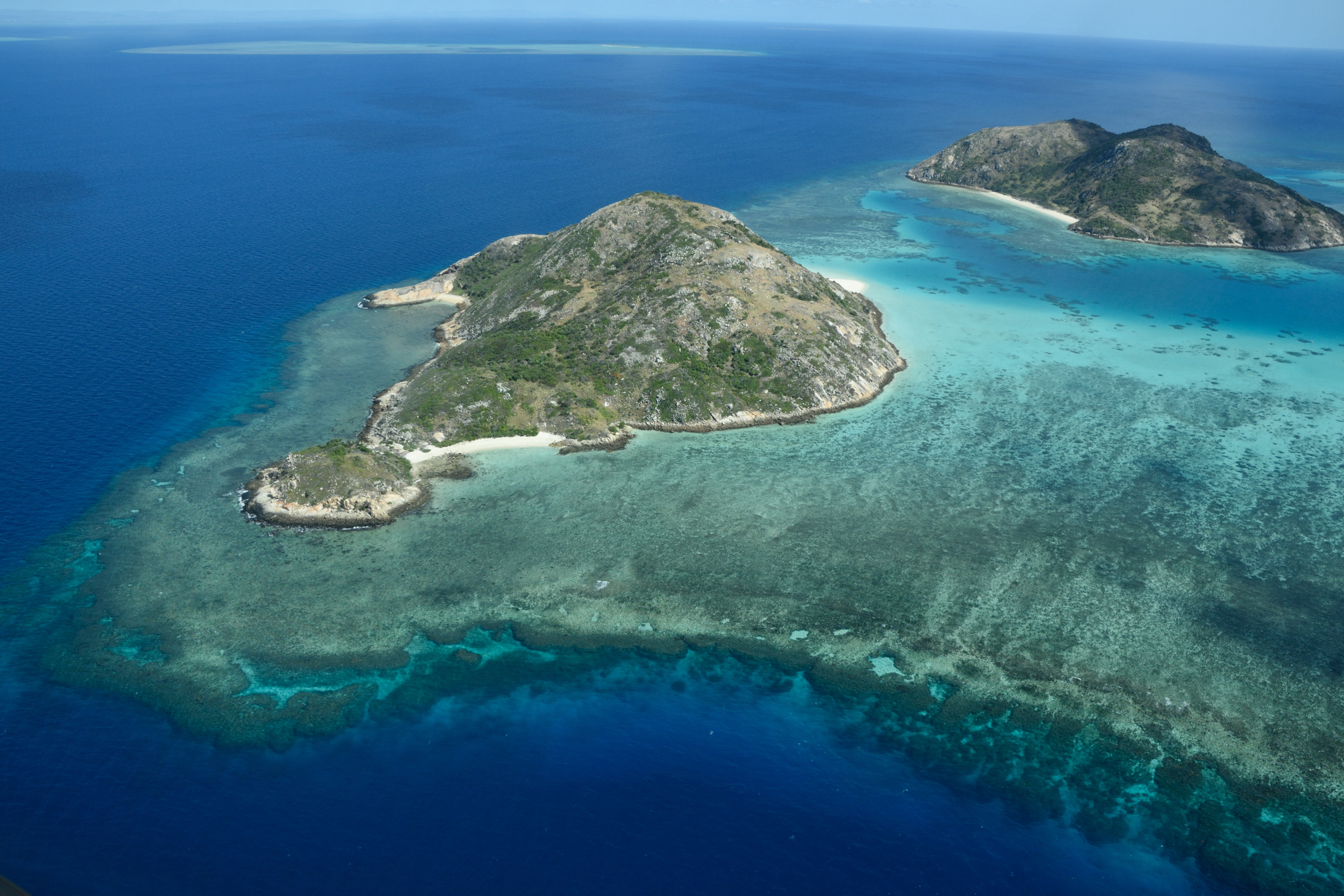
A research team co-led by QUT has made its first delivery of coral IVF babies to Lizard Island, off the far north Queensland coast, with nearly 10 million coral larvae released across four reef locations.
The project is part of the Australian Government’s $150 million Reef Restoration and Adaptation Program, co-led by QUT, Southern Cross University and CSIRO, with researchers aiming to optimise large-scale larval production for release directly on the Great Barrier Reef.
Federal Minister for the Environment Sussan Ley said the work was an example of the world leading science that was helping to build resilience in the reef’s marine ecosystems.
“The work of Australia’s marine scientists is being watched closely by reef managers around the world,” she said.
“We know that coral reefs are under pressure from climate change and through the RRAP program we are researching new ways to help them adapt.”
QUT's Professor Matthew Dunbabin and his team have successfully deployed their newly created AI-enabled multi-purpose reef-restoration robot boats.
“This year we had three of the boats to firstly collect coral spawn, then they were reconfigured to autonomously generate high-resolution 3D maps of large areas of reef for larval release, and then reconfigured again to autonomously deploy the larvae directly to suitable restoration locations,” Professor Dunbabin said.
“We were able to demonstrate the necessary technology stages for scaling restoration and ongoing monitoring to regions around the world.”

Southern Cross University Distinguished Professor Peter Harrison said the team had successfully completed all planned experiments to deliver millions of healthy coral larvae onto target reef sites that haven’t recovered naturally from recent severe bleaching events.
“We will use the results from our successful experiments to refine the methods and optimise mass larval culture and delivery during future mass coral spawning periods, to increase the areas of reef we can start to restore,” he said.
Great Barrier Reef Foundation Managing Director Anna Marsden said researchers were already seeing the effects of climate change on the Great Barrier Reef.
“That’s why we’re trialling innovative new solutions like this large-scale fertility treatment which integrates with a toolkit of interventions being developed through the Reef Restoration and Adaptation Program,” she said.
“In addition to reducing emissions, if we want to protect the reef for future generations, we need to pioneer new solutions to restore lost reefs and help corals adapt to warming temperatures.”
Last week the researchers captured many millions of coral eggs and sperm during the synchronised coral sex event known as mass coral spawning and reared them for five to six days in floating nursery pools in Lizard Island’s Blue Lagoon.
The deployment of millions of larvae will help replenish the reefs around Lizard Island which have suffered multiple disturbances since 2014 - Crown of Thorns starfish, severe cyclones, and three mass coral bleaching events.
The research is part of the Reef Restoration and Adaptation Program which is funded by the partnership between the Australian Government’s Reef Trust and the Great Barrier Reef Foundation. Partners include the Australian Institute of Marine Science, Great Barrier Reef Foundation, CSIRO, The University of Queensland, QUT, Southern Cross University and James Cook University.
QUT Media contact: media@qut.edu.au


